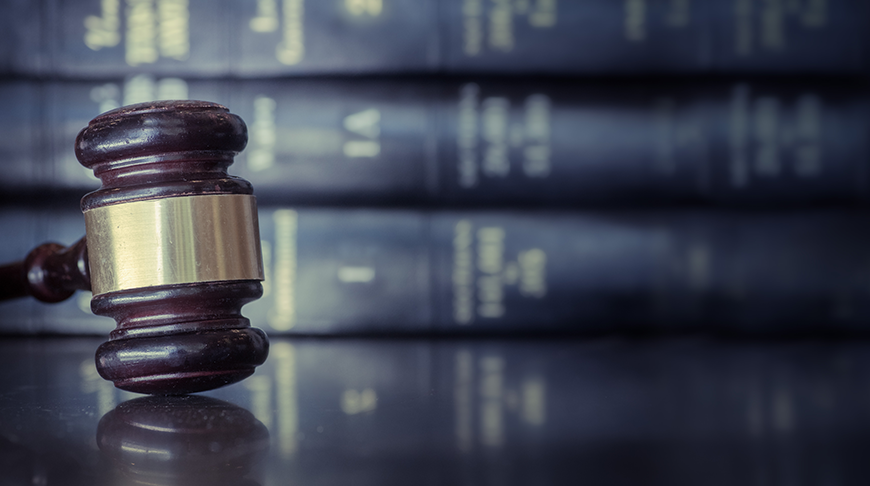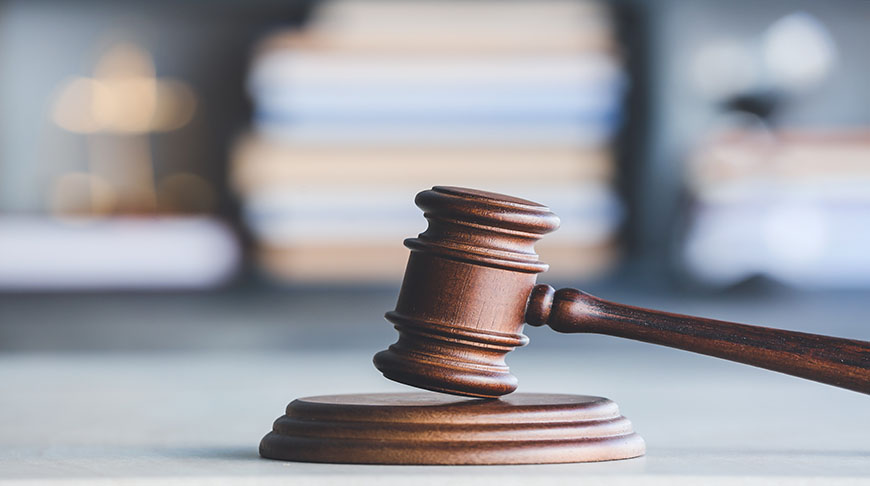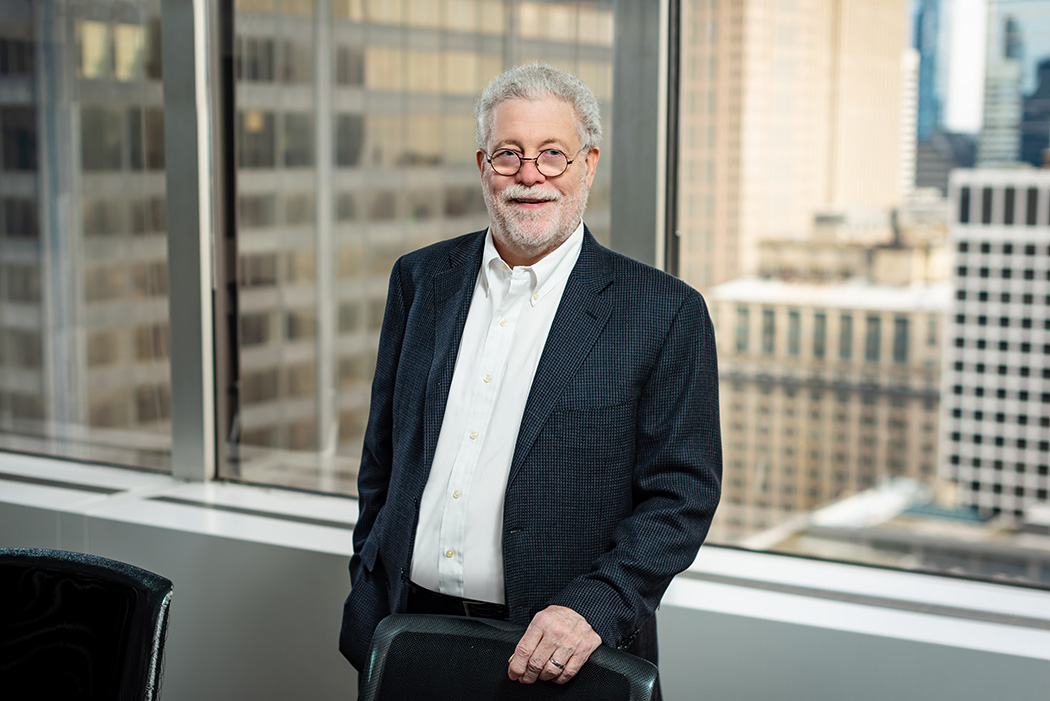Solicitor General Weighs in on Patent Eligibility Question
- May 4, 2023
- Snippets
Practices & Technologies
Patent Portfolio ManagementThe Solicitor General, responding to a call from the Supreme Court for the government’s views, in April filed a brief directed to the proper legal standard for the “abstract idea” exception to patent eligibility under 35 U.S.C. 101 as interpreted by the Court in two cases: Interactive Wearables LLC v. Polar Electro Oy [1] and Tropp v. Travel Sentry, Inc. In the SG’s view, these cases provide the Court with “an opportunity [] to clarify the proper reach and application of the abstract-idea exception to patent eligibility under Section 101.”
The government’s brief drew a sharp distinction between eligibility of the claims in the Interactive Wearables case and the lower court’s proper determination that the claims of the Tropp invention were not eligible. The Interactive Wearables invention is drawn to “a wearable content player connected to a remote control” that provides “a way for users to view information about the content, like the title of a song or the name of a show, while content was playing.” The claims recite as elements of the invention “a ‘receiver,’ ‘processor,’ ‘memory,’ ‘first display,’ and ‘playing device equipment’ consisting of ‘an audio player,’” controlled by a “wireless remote device” having “a second display” that is configured to “direct[ ] operations of the wearable content player” and “provide[s] to the user at least a portion of the information associated with the content.” The district court held the invention to be directed to an abstract idea (“providing information in conjunction with media content”) under Step 1 of the Supreme Court’s Mayo/Alice test and that the invention disclosed no inventive concept under Step 2 of the test.
The brief asserts that the Interactive Wearables invention is patent-eligible because this was a “quintessentially technological invention[].” This distinction is the basis for Step 2 of the Mayo/Alice test, the SG advocates, which is intended to “protect[] inventions that represent a technological application of [an abstract] idea.” The district court did not recognize this distinction, instead focusing (the SG asserts) on “novelty, obviousness, and enablement,” which “are the purview of different statutory provisions and perform different functions” according to the brief (no matter how valid the district court’s concerns in this regard may have been).
In contrast, Inventor Tropp’s claims recite a method of “improving airline luggage inspection” involving marketing “dual-access” luggage locks (not themselves claimed) for use in methods wherein the Transportation Security Agency (TSA) would use a “master key” that would open all such locks and thus permit the luggage to be securely locked but for TSA having access for inspection prior to luggage being loaded, inter alia, on an airplane. Coupled with this hardware would be a “master list” and an identification marking that would identify the lock as being susceptible to being opened by the master key. The district court held the invention to be directed to an abstract idea (“the application of dual-access locks to airport luggage inspection”) under Step 1 of the Supreme Court’s Mayo/Alice test and that the invention disclosed no inventive concept under Step 2 of the test.
Tropp’s invention, according to the SG’s brief, was properly determined not to be patent eligible by the district court because it is a ”non-technological method[] of organizing human activity” that has been deemed not eligible under Bilski v. Kappos and other Supreme Court precedent.

The SG argues that the Court could clarify its precedent that “[p]roperly understood, the abstract-idea exception confines patent protection to innovations within patent law’s traditional bailiwick of the scientific, technological, and industrial arts” and “precludes the patenting of both the fundamental building blocks of technological innovations and innovations in non-technological fields.” Examples of the latter cited in the brief are Bilski (hedging risk), Alice (third party escrow arrangements), Gottschalk v. Benson (computer algorithms), and Parker v Flook (alarm limits). But, the SG argues, “[t]he scope of the abstract-idea exception may be further clarified by what it does not include,” reciting examples such as “an automobile,” “a remote control,” “a camera,” and more generally “technologies and industrial processes” as in Diamond v. Diehr, 450 U.S. 175, 177 (1981). The district court’s error in Interactive Wearables was that it recited as an eligibility-negating abstract idea “the function of the claimed [patent-eligible] machine described at a high degree of generality,” which could be true of any technological invention that could be recharacterized thusly as an abstract idea.
The brief also characterizes the Federal Circuit’s jurisprudence on subject matter eligibility to “reflect[[] significant confusion” regarding the Court’s decisions on Section 101, and notes that the district courts’ decisions in both these cases were affirmed in per curiam decisions. The SG terms the Federal Circuit’s decisions on subject matter eligibility to be so “fractured” that the appeals court has itself recognized wherein “every judge on the {Federal Circuit] has request[ed] Supreme Court clarification.” The Interactive Wearables decision is “representative” of these difficulties, the SG asserts, because the Federal Circuit itself has “repeatedly invoked the abstract-idea exception by describing technological inventions at a high level of generality, and it has repeatedly imported distinct patent-law doctrines into the abstract-idea analysis.”
Based on these distinctions the Solicitor General urged the Court to grant certiorari and consider the cases together on the question of “whether each invention was ineligible under the abstract-idea exception to Section 101.”
[1] My colleagues and I filed an amicus brief in this case

